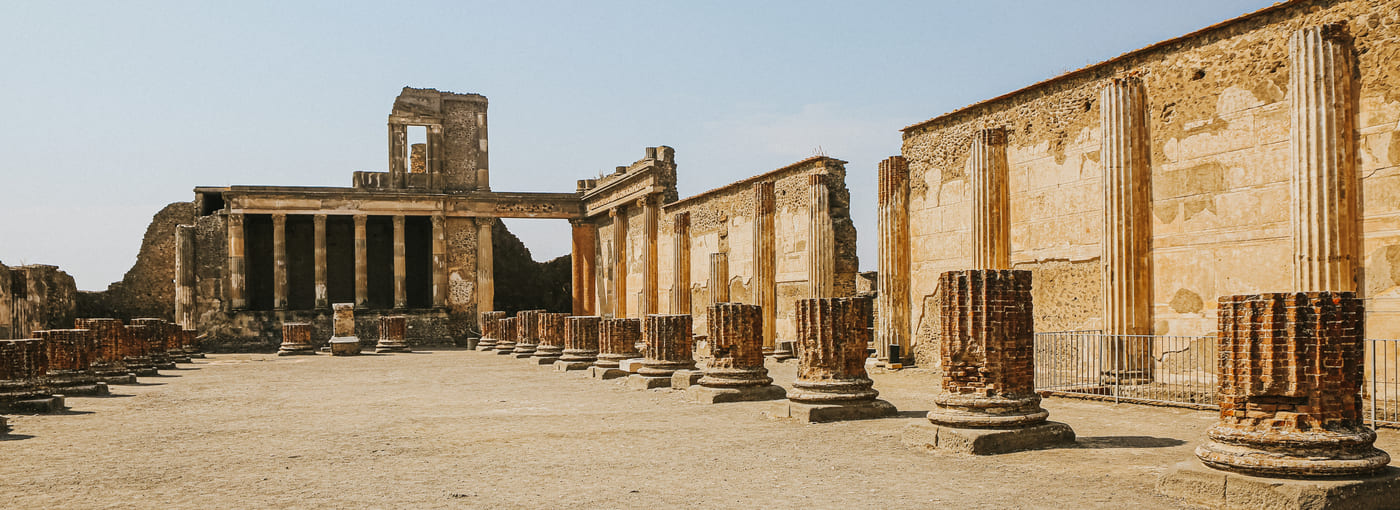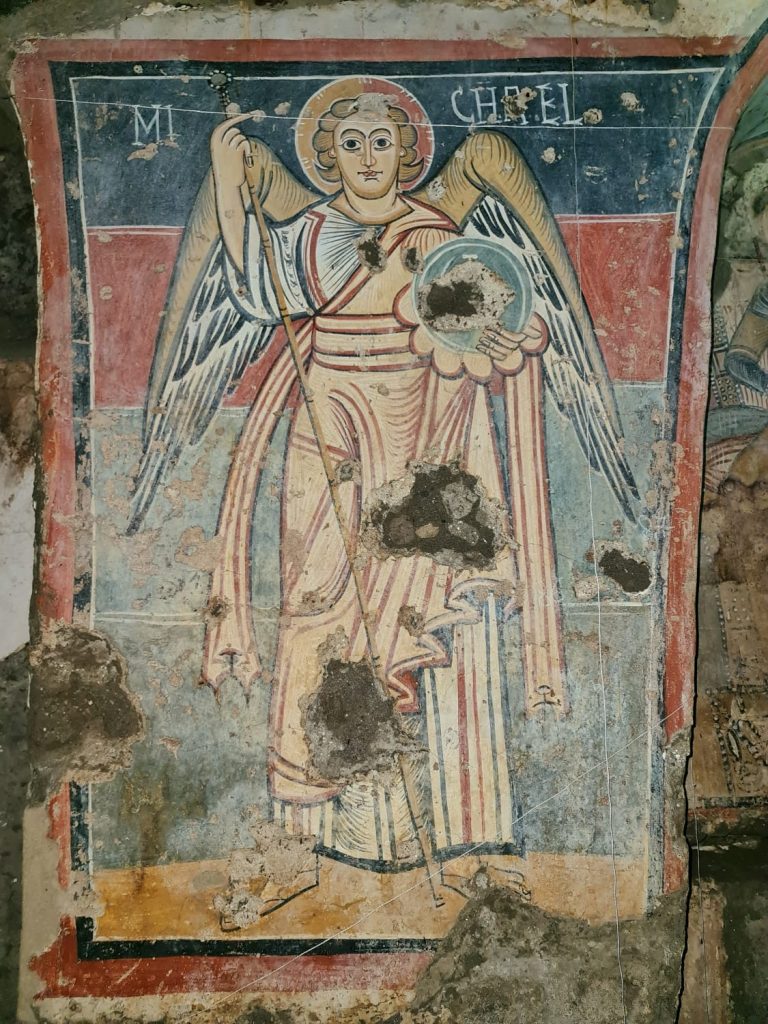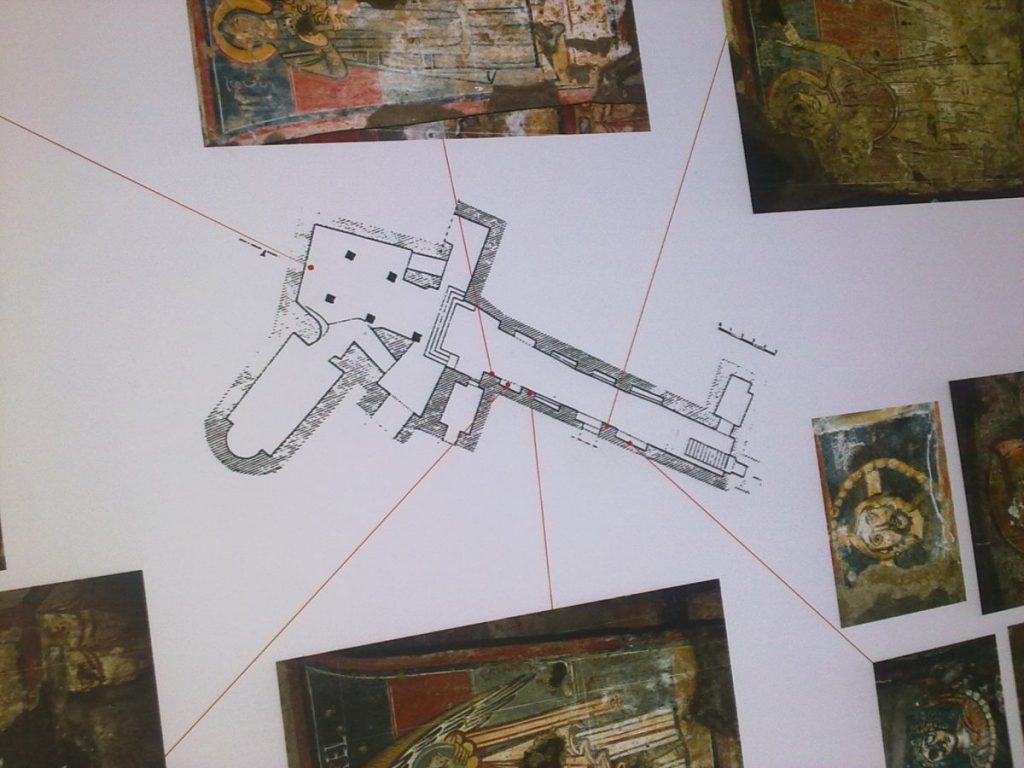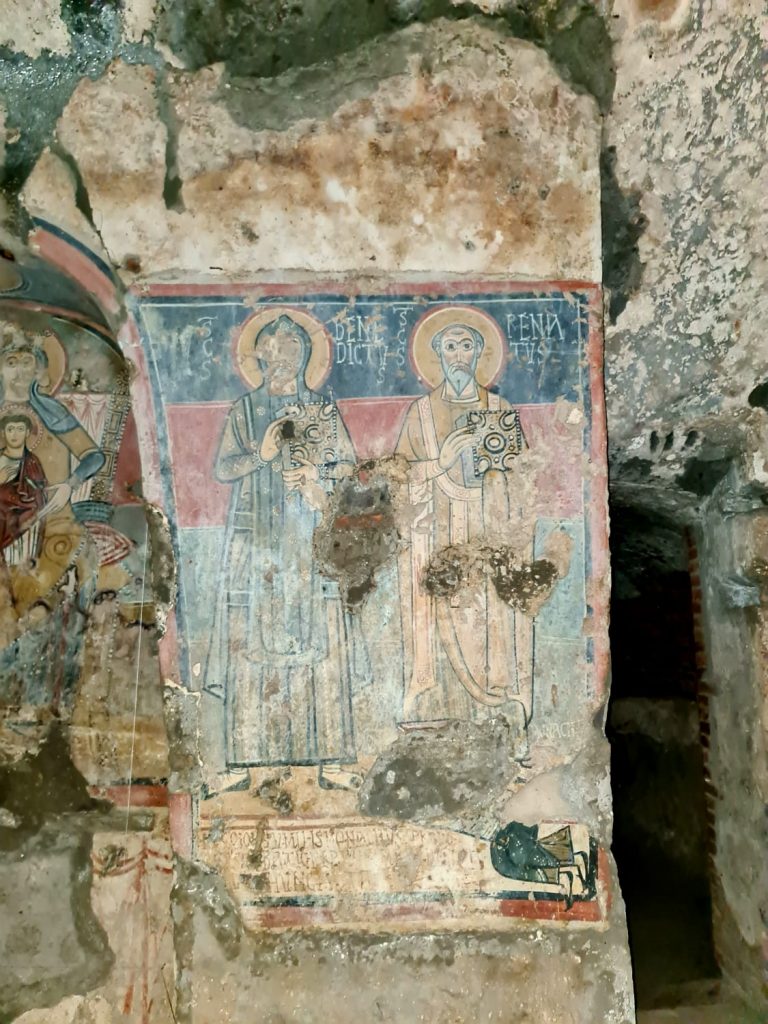
C.I.Be.C. News
Grotta di San Biagio: partnership between C.I.Be.C. and the Archaeologic Park of Pompeii

Grotta di San Biagio: partnership between C.I.Be.C. and the Archaeologic Park of Pompeii
The consolidation and restoration of the Grotta di San Biagio, a place of worship dating back to the V-VI century A.D. located at the base of the hill of Varano in Castellammare di Stabia nearby Villa Arianna, is among the interventions that the Archaeological Park of Pompeii is carrying out with the collaboration of the Interdepartmental Center of Cultural Heritage (CIBeC) of the University of Naples Federico II.
The ongoing investigations and monitoring activities, provided for in the plan outlined in 2022 with the CIBeC, are preparatory to the study of the stability of the slope of the ridge of the hill of Varano and the vault of the cave, in order to remove the provisional structures currently present thus allowing visitors inside.
The agreement was signed in December 2022 between the Park and the CIBeC, under the scientific supervision of Prof. Eng. Luciano Rosati for CIBeC and Engs. Vincenzo Calvanese and Alessandra Zambrano for the Archaeological Park of Pompeii. It consists of a scientific collaboration for conducting studies and research aining to define guidelines oriented to the consolidation and restoration of the San Biagio cave and the facing ridge in order to permit their the use.
CIBeC supports, in this first phase of the activities, the Archaeological Park of Pompeii in the definition of the plan of the investigations both of geotechnical type of the ridge and of the structural materials of the cave.
Thanks to the synergy between several institutions, the ongoing tests are carried out by the Autonomous Authority Volturno (EAV), engaged in the realization of the doubling of the railway line located downstream of the ridge of Varano.
Monitoring activities involve the execution of cores up to a lower altitude than the tax of the cave San Biagio, the placement of inclinometers to measure any instability on the ridge of Varano, topographical surveys, and preventive stratigraphic tests. The laboratory tests on samples extracted from the cores will be carried out at the Federico II University of Naples, and will provide the data necessary for the continuation of scientific activities.
“Such a unique context to recover and enhance will integrate the historical framework of the archaeological area of Stabia – declares the Director Gabriel Zuchtriegel – All the territory is under a special attention of the Archaeological Park that is investing in these years a total of about 4 million of Euros in Castellammare di Stabia. In addition to the investigations on the cave of San Biagio, we are carrying out several research projects, maintenance activities, restorations, and accessibility interventions of ancient villas nearby Varano. Moreover, the Museum Libero D’Orsi, located at the Royal Palace Quisisana, will be expanded. The uniqueness and complexity of the heritage present on the territory permit to define Stabia a real cultural giant. The importance of the ancient Stabia can be understood from the story of the extraordinary finding of the statue of the Doriphorus in 1976, that has been smuggled and transferred in the United States although we hope to bring back to Italy. Taking advantage of the help of the Chief Prosecutor of Torre Annunziata, Dr. Nunzio Fragliasso, we involved Minister Sangiuliano on the occasion of his visit to Pompeii a few weeks ago.”
The Grotta di San Biagio, likely originated in Roman times due to the extraction of tuff, was transformed into a place of worship during the V-VI century A.D. when a first cycle of frescoes was painted. The site was often used as cemetery. Thereafter, it was under the control of Benedictine monks and further paintings were done over the centuries.
(Original Article: Pompeii)




